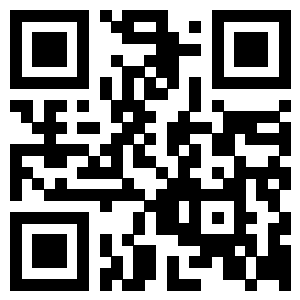银行招聘考试英语历年真题—完形填空(六)
发布时间:2017-04-05 15:28:59来源:弘新教育浏览: 次
课程咨询:18039558822微信/手机号
银行招聘考试英语历年真题—完形填空(六)
完形填空题
Reading involves looking at graphic symbols and formulating mentally the sounds and ideas they represent. Concepts of reading have changed ___1____over the centuries. During the 1950's and 1960's especially, increased attention has been devoted to ___2___ the reading process. ___3__ specialists agree that reading ___4___a complex organization of higher mental ___5___ , they disagree ___6__the exact nature of the process. Some experts, who regard language primarily as a code using symbols to represent sounds, ___7___ reading as simply the decoding of symbolsintosthe sounds they stand ___8___ .
These authorities ___9___ that meaning, being concerned with thinking, must be taught independently of the decoding process. Others maintain that reading is ___10__ related to thinking, and that a child who pronounces sounds without ___11___ their meaning is not truly reading. The reader, ___12___ some, is not just a person with a theoretical ability to read but one who ___13___ reads.
Many adults, although they have the ability to read, have never read a book in its ___14___ .By some expert they would not be _15____ as readers. Clearly, the philosophy, objectives, methods and materials of reading will depend on the definition one use. By the most ___16___ and satisfactory definition, reading is the ability to __17____ the sound-symbols code of the language, to interpret meaning for various ____18___ , at various rates, and at various levels of difficulty, and to do ____19__ widely and enthusiastically. __20____ reading is the interpretation of ideas through the use of symbols representing sounds and ideas.
( )1.A.substantively B. substantially
C. substitutively D. subjectively
( )2.A.define and describe B. definition and description
C. defining and describing D. have defined and described
( )3.A.Although B. If C. Unless D. Until
( )4.A.involves B. involves to C. is involved D. involves of
( )5.A.opinions B. effects C. manners D. functions
( )6.A.of B. about C. for D. into
( )7.A.view B. look C. reassure D. agree
( )8.A.by B. to C. off D. for
( )9.A.content B. contend C. contempt D. contact
( )10.A.inexplicably B. inexpressibly C. inextricably D. inexpediently
( )11.A.interpreting B. saying C. explaining D. reading
( )12.A.like B. for example C. according to D. as
( )13.A.sometimes B. might C. practical D. actually
( )14.A.entire B. entirety C. entirely D. entity
( )15.A.classed B. granted C. classified D. graded
( )16.A.inclusive B. inclinable C. conclusive D. complicated
( )17.A.break up B. elaborate C. define D. unlock
( )18.A.purposes B .degrees C. stages D. steps
( )19.A.such B. so as C. so D. such as
( )20.A.By the way B. In short C. So far D. On the other hand
相关阅读
- 银行招聘考试英语历年真题—完形填空(五)2017-04-04
- 银行招聘考试英语历年真题—完形填空(四)2017-04-01
- 银行招聘考试英语历年真题—完形填空(三)2017-03-31
- 银行招聘考试英语历年真题—完形填空(二)2017-03-30



